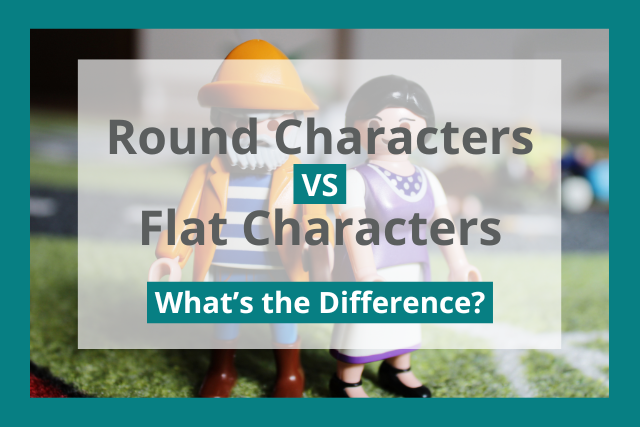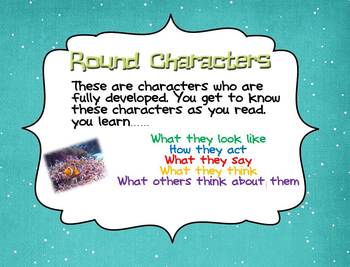
They work well as supporting characters, or main characters if a very simple story like a myth or parable is told.

This happens best when a character is complex and layered, surprising and interesting.įlat characters are usually in the background. We want them to feel alive, as Forster would say so that the reader can feel interested in them and engage with the story through them. If a character is a main part of the story, we want them to be interesting. The protagonist and leading cast of characters will usually be round. Flat characters are simple, stereotypical, and serve a singular purpose.Round characters are complex, surprising, and feel like real people.Together, they create the full cast of a story. It’s a myth that round characters are better and flat characters should be avoided. He wrote, “A novel that is at all complex often requires flat people as well as round.” Round and flat characters work well in tandem. They are written specifically so audiences can pay attention to them for a specific reason.Į M Forester came up with the term in his book Aspects of the Novel in 1927 and recognized that both types of characters are necessary. They usually play an important role in the story. A round character is nuanced and well thought-out. Their purpose in a story is usually perfunctory. They are two-dimensional and lack nuance. Flat characters are more like window-dressing.

By contrast, round characters are complex and undergo development, sometimes sufficiently to surprise the reader. Flat characters are two-dimensional in that they are relatively uncomplicated and do not change throughout a work. Characters in a novel, short story, play, or film can be either flat or round. Flat and round characters are one such classification. Characters can be sorted into different types according to their creation and development. Characters are a vital component of any literary work.


 0 kommentar(er)
0 kommentar(er)
